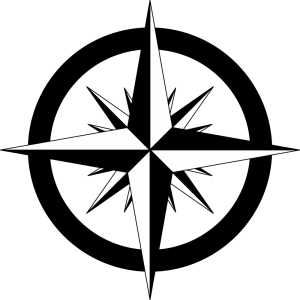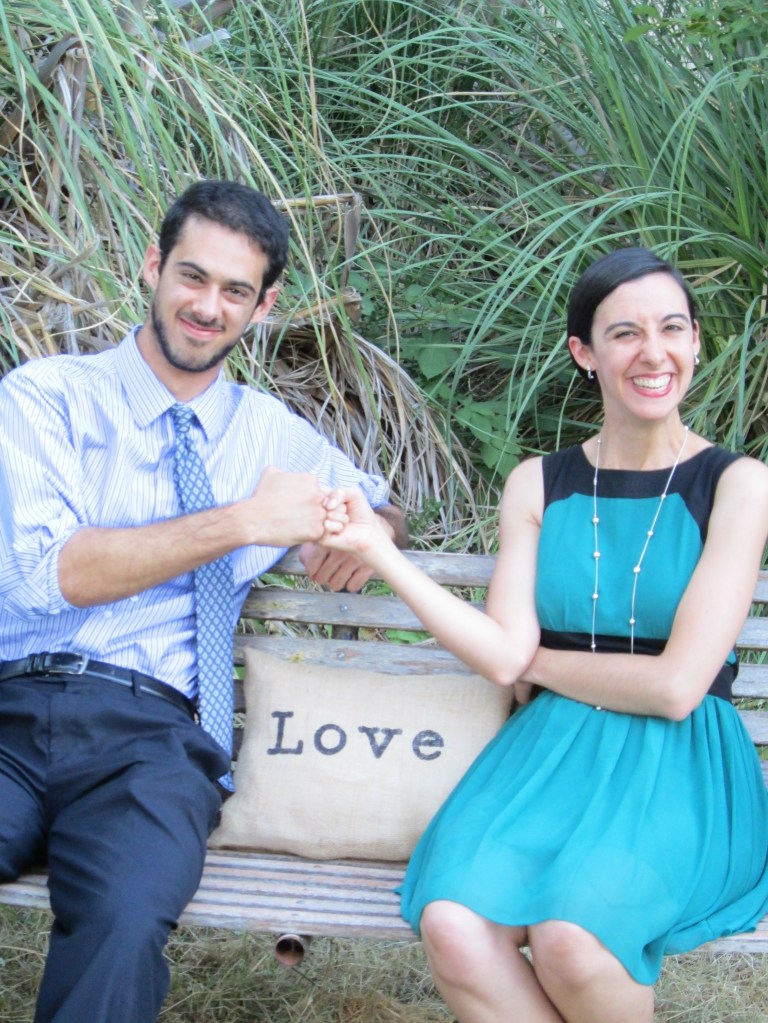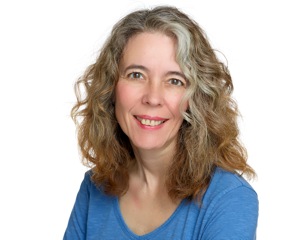After a (lengthy) period of blog silence, I’m delighted to host a special guest today: debut science fiction/superhero author Daniel Sayre! And you read that last name right–Daniel is none other than my baby brother 🙂 I’m intensely proud of him for publishing his first novel, Becoming Glitch, and y’all should go out and read it right now!
When you come back, here’s a peek into Daniel’s own set of superpowers.
Welcome, Daniel!
Hey sis, thanks so much for having me.
How did you first get started writing?
You know better than anyone what it was like growing up in our family. We read together, we had writing assignments, we were told the occasional tall tale to keep us sitting still at the dinner table as kids.
I think I had a very strong imagination from early on, but for a long time I lacked the patience to actually sit down and write out my musings for myself. It wasn’t until I started high school that I finally began to accept that I wasn’t going to be able to wheedle my way out of schoolwork and be a wildman that I decided I might as well have some fun with writing.
I had an economics textbook that struck me as being just a little bit too self-important (pompous even) in its explanations. My inner rebel apparently had a meeting with my inner writer, and I started to toy with my own authorial voice. Just for kicks, I began experimenting with sounding a little bit more ostentatious in my essay responses for that class. I had fun with it. I think that was an important step.
It took some time, but eventually I took the author voices that I had been playing with for school projects and started putting them into stories. And here we are!
What draws you to superhero stories?
Man, I could go on about this one for a while (and I even touch on it a little bit in the afterword of my book). At one level I think I’m a sucker for the raw creativity and action of a genre that’s all about messing with physics. It can be a lot of fun to imagine what would be possible if reality as we know it is only a starting place.
On another level, I think that these stories can end up teaching us a lot, both about who we are and who we can be, and they do it in a way that no other genre does quite the same. There is a relationship between who you are and what you can do that we see all the time in the real world (school cliques, for example). Superhero stories seem to be implicitly drawn to examine that relationship, and they can bring up some really interesting questions because of it.
What inspired this particular novel?
There was a lot that went into this book and this is something that I also touch on in the afterword. On the action side of things, I wanted to write a story about entertaining characters with unique superpowers that were originally inspired by some sketches that I did at one point. In the bigger picture, I think this book became a place where I could investigate a lot of the themes that were on my mind as a twenty-something: themes like looking for meaning, wondering what makes a good leader, and understanding what it means to be a steward, to name a few.
Did the story take any unexpected twists while you were writing it?
Wayyy back when I started writing the pieces of what eventually became this story, I didn’t have much of a plan. With that in mind, a lot of the first draft of the plot was an unexpected twist to me in one way or another. It was exciting, but also meant a TON of editing later on. If I had it to do over again, I might have put more effort into mapping out an outline earlier on in the process.
What gets you into creative mode?
I wish I knew this one better myself. Music tends to help me get started writing sometimes. I don’t know why, but especially when I’m making something (including but not limited to writing), I tend to find a song I like and listen to it on repeat, sometimes for hours on end. In earlier drafts of Becoming Glitch, I actually listed some of the music I was listening to when I wrote a certain scene. I was listening to the piano music of Ludovico Einaudi the first time I started writing Chapter 15, for example, but Avicii, The Verve, Mark Knopfler, the xx, Switchfoot, and the Rolling Stones were just a few of the many contributors who helped me focus.
The song I choose to listen to for a given section tends to come down to whatever strikes my fancy at the moment I actually start writing. There are other times, however, when I don’t have music on, especially when I have something very specific in mind that I want to focus on conveying.
What are three books you’d want with you on a desert island?
Oh geez, well, if there is a guidebook on how to survive on and escape from a desert island, I’d probably start there!
I’ve been inspired by a number of books by authors like Brandon Sanderson, Terry Pratchett, J.R.R. Tolken, Andy Weir, and, heck, even Lemony Snicket. But really though, I think this one changes quite a bit and depends a lot on my current frame of mind.
What do you enjoy doing when you’re not writing?
There is still a part of me that wants to be a wildman and be outside all of the time. I love hiking, camping, exploring new places, checking out the views from mountaintops, etc. I sometimes do obstacle course races like Spartan and Tough Mudder, which have a way of breaking up the routine of working at a desk. I also like tinkering around on my 3D printers and eating large quantities of pizza.
Thank you for joining us today! Connect with Daniel online:
Buy Becoming Glitch on Amazon (paperback and ebook available)




































